Laboratory Experiments
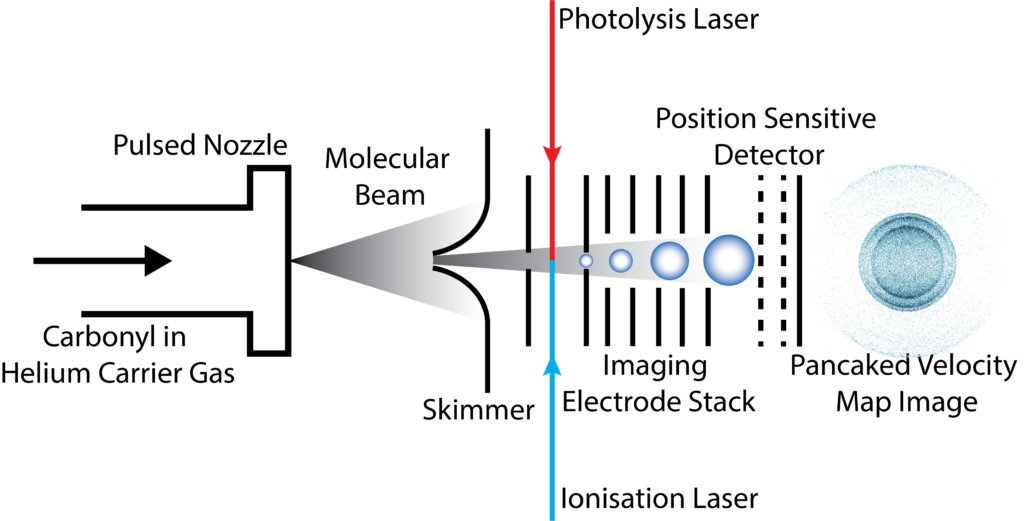
Velocity Map Imaging (VMI)
VMI allows the dynamics of chemical reactions to be studied by imaging the recoiling ion fragments. The rings detail the velocity of the ions, and internal energy can be determined through conservation rules. A tunable photolysis laser allows the energetic dependence of reactions to be studied and tunable ionization lasers allow different fragments to be observed.
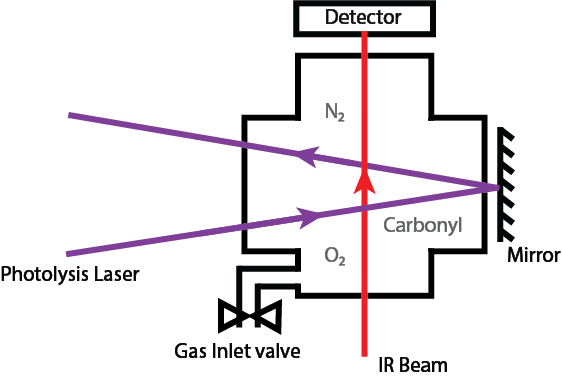
Fourier Transform Infrared (FTIR) Spectroscropy
FTIR spectroscopy is used to determine the products of photolysis reactions in the atmosphere. Photolysis products can be quantified in situ by their IR spectra, and gases can be introduced to study pressure dependencies and simulate atmospheric conditions.
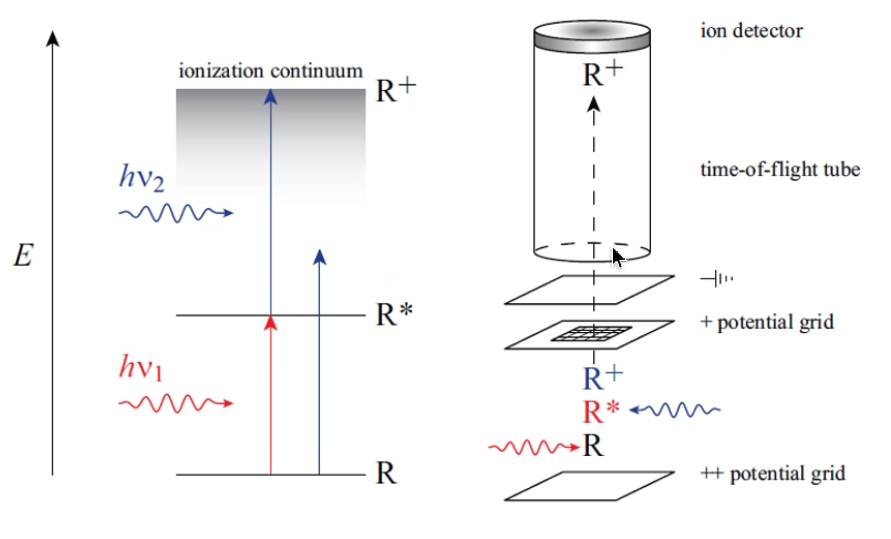
Resonance Enhanced Multiphoton Ionisation (REMPI)
REMPI schemes involve excitation to an intermediate state followed by ionisation, and typically provide more spectroscopic information than single photon methods. REMPI is used to study the structure and energy levels of key species in astrochemistry and combustion.
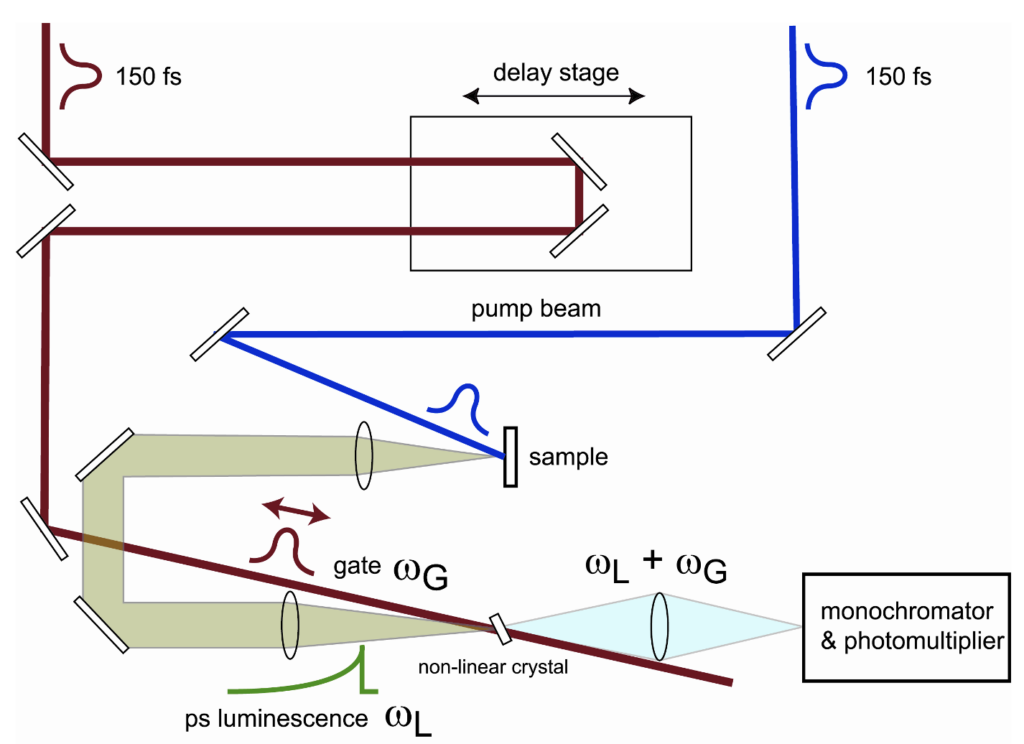
Femtosecond laser spectroscopy
Femtosecond laser spectroscopy uses ultra-fast light excitation to obtain valuable information on processes such as singlet fission and excitonic annihilation. This technique is paramount to the study of transient absorption of species in exciton science.
Computational Resources
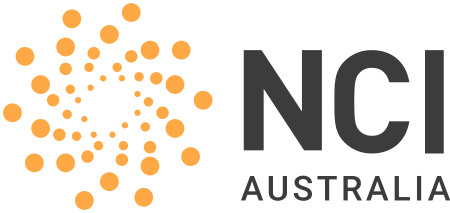
Gadi – National Computational Infrastructure (NCI) Australia
The NCI provides high-performance computing resources to researchers in Australia. Large amounts of computer time are available for computational chemistry calculations, as well as technical support.

Katana – UNSW Research Technology
UNSW based researchers are able to use the Katana computing cluster. Shorter calculations can be run on all nodes, while longer calculations can be run on the blade server owned by the School of Chemistry.
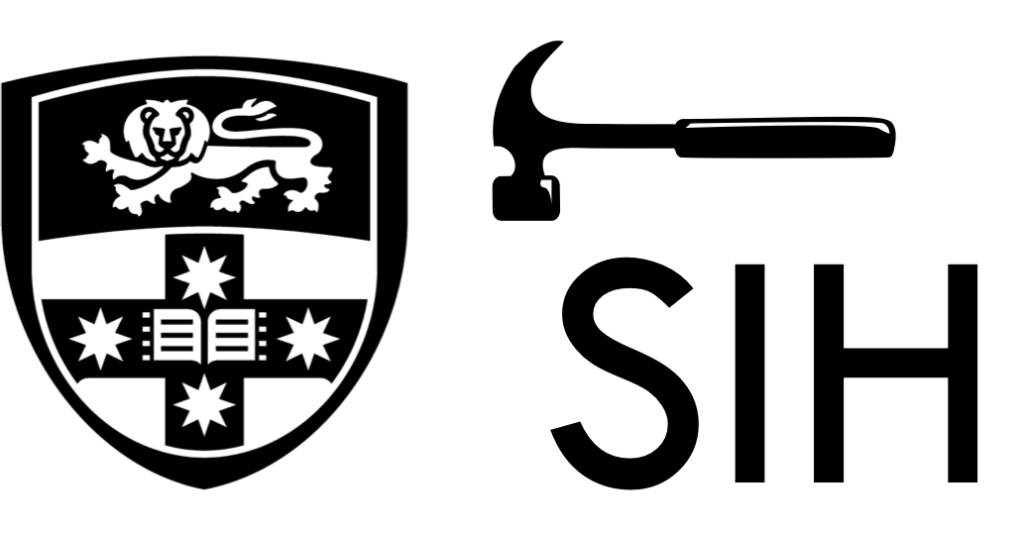
Artemis – Sydney Informatics Hub
The Artemis supercomputer is available to USYD researchers, and the Jordan group has an allocation queue for computational chemistry jobs.
